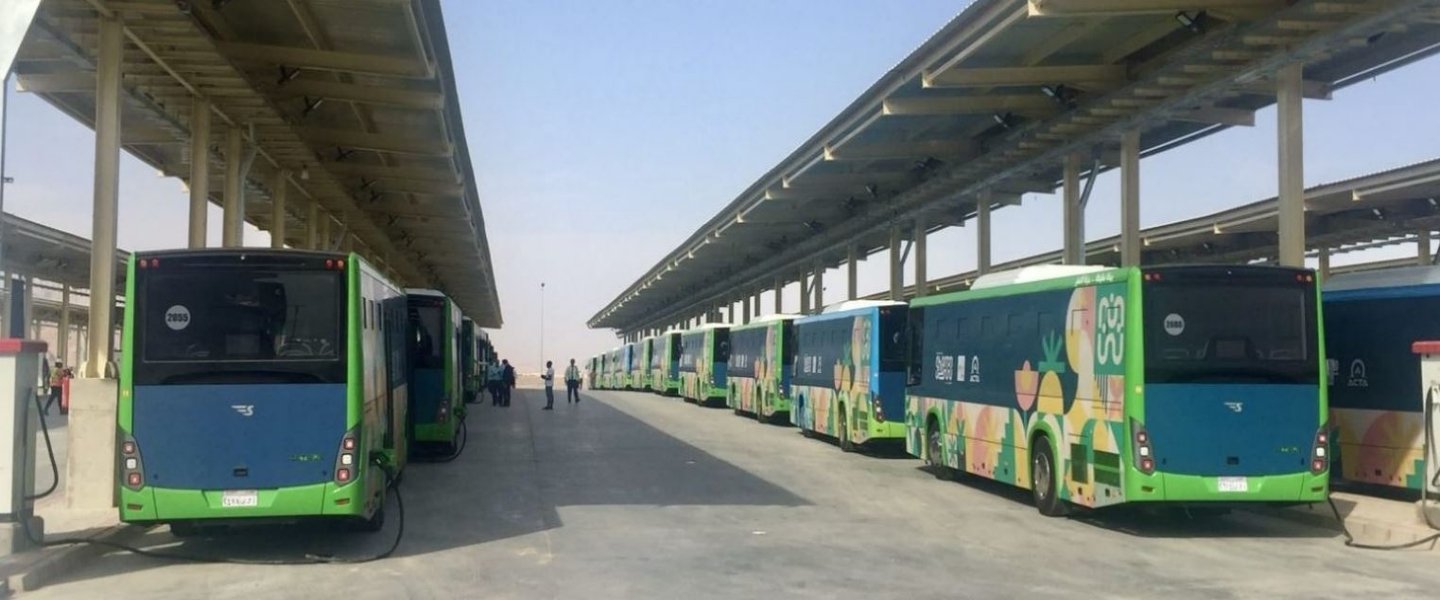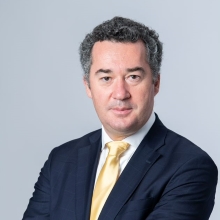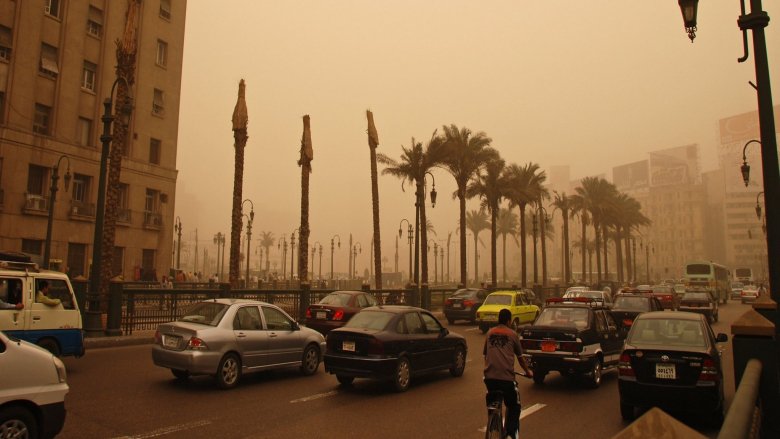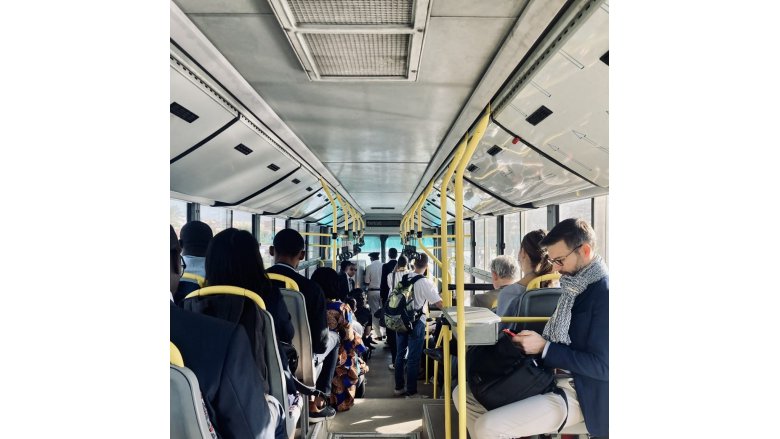Over the last several years, Egypt’s capital city of Cairo has been taking concrete action to tackle its infamous gridlock and provide residents with faster, cleaner, and more affordable ways to get around.
Reinventing transport in a sprawling metropolis like Cairo is a complex challenge, and one that will require interventions on many different fronts. The next big move? Trying out the use of latest-generation electric buses, starting with a fleet of approximately one hundred e-buses.
According to Nicolas Peltier-Thiberge, Global Director of Transport at the World Bank, this project is an important test for e-buses, and a key first step in the transition toward a modern and sustainable public transit system across Greater Cairo.
“Our goal is to help catalyze the electrification and modernization of Cairo’s mass transit system,” said Peltier-Thiberge. “But first we need to find out how e-buses can perform in a busy urban environment, get commuters excited about bus travel, evaluate user response, and address unforeseen challenges, including when it comes to the charging and maintenance of buses.”
These e-buses are part of the World Bank’s Greater Cairo Air Pollution Management and Climate Change Project, which aims to make Cairo a greener, more livable city. Public transport will play a big part: after energy, transport is Egypt’s second largest producer of greenhouse gas emissions. Modern and reliable e-buses will encourage commuters to shift from cars to buses, substantially reducing transport emissions.
In Cairo, levels of fine particulate matter, which pose the greatest human health risk, are several times higher than the levels recommended by the World Health Organization. Air pollution is one of the city’s biggest environmental health issues. Every year, as many as two million people get medical treatment for respiratory problems related to bad air quality in Cairo. These health issues carry hefty economic costs, equivalent to about 1.4 percent of Egypt’s GDP each year.




